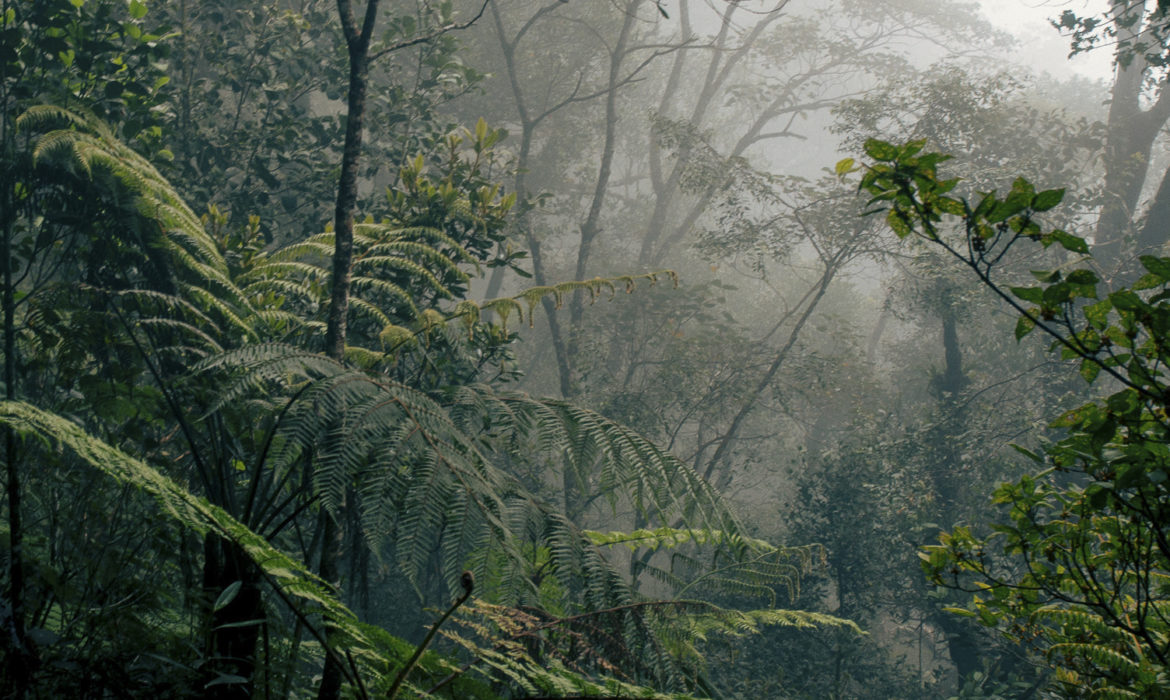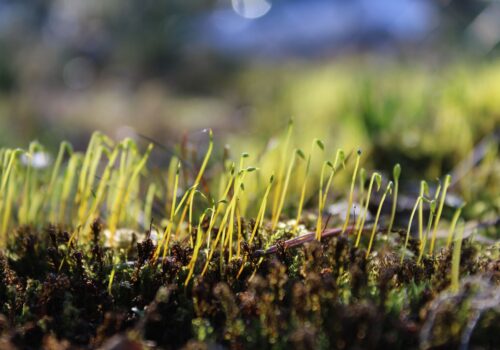Environmental emergency under the spotlight. At work the University of Florence and the Muse in Trento
The world continues to produce carbon dioxide and the rainforests of Africa and America can’t keep up. This is the verdict pronounced by the international team of researchers coordinated by the University of Leeds (United Kingdom), who monitored 300,000 trees to estimate the quantity of CO2 2 absorbed by our planet’s lungs.

The only Italian to take part in this scientific investigation is the zoologist and conservation biologist Francesco Rovero, who teaches at the University of Florence and works with the Muse in Trento. He provided the data he gathered in the forest of Mount Undzungwa (Tanzania) where he has been working since 2002 on a project to analyse and protect biodiversity. «It was a satisfaction for me, explains the scientist, to contribute to the results we have achieved. Given the global scale of the environmental problem, it is essential to share scientific knowledge and to tackle the study of these phenomena on a vast scale».
The risk, prospected by statistic models developed on the basis of the trees that were examined, is that in less than twenty years the two major “carbon sinks” of the planet will completely lose their capacity for absorption. This is a possibility that scares expert climatologists, who are aware of how effective the action of tropical forests is on greenhouse gases and global warming.
Thirty years ago, we reached perfect equality in Amazzonia, between the quantity emitted and the quantity absorbed, while in Africa this will happen around 2030. This underscores the urgency of changing to lifestyles that have less impact and pollute less.
FRANCESCO ROVERO
«The study, explains Francesco Rovero, tells us that the time we have left to achieve our goal of zero emissions is even less than we thought, because the tropical forests can no longer absorb the excess carbon dioxide we produce. Thirty years ago, we reached perfect equality in Amazonia between the quantity emitted and the quantity absorbed, while in Africa this will happen around 2030. This underscores the urgency of moving towards lifestyles that have less impact and pollute less.»
According to the data that has been collected, the increase in the temperature of the globe and the intensification of droughts are damaging the lifecycles of trees: more trees are dying – and this is a clear result of the data collected – and those that remain are growing more slowly than in the past. But it is not just the temperature that is responsible for this negative trend: deforestation practices – supported by the governments of the regions in which the data was collected – have been consuming an increasing area of virgin forests over the past ten years, while the global emissions of carbon dioxide have risen 46 percent.
This is a significant challenge undertaken by researchers from 36 different countries who have analysed the growth and mortality rate of 300,000 trees.
Wannes Hubau, an expert in forest eco-systems and team leader of the scholars conducting the scientific research, admits to being upset by the results they brought home, which demonstrate significant “fatigue” in the green engines of the two continents. Just a few months after the Cop25 – the Climate Conference held in Madrid last December – this study focuses attention back on the theme of the environmental emergency deriving from the excess CO2 in the atmosphere.

This is a significant challenge, undertaken by researchers from 36 different countries who have analysed the growth and mortality rate of 300,000 trees. «Five people take more than four days to measure the diameter and height of the 600 trees growing on average in a hectare of forest – says Hubau who was an active participant in the survey – we did this in 565 forest zones, grouped together in the observation network of the African Tropical Rainforest Observatory and the Amazon Rainforest Inventory».
© ALL RIGHTS RESERVED
translation by Olga Barmine






